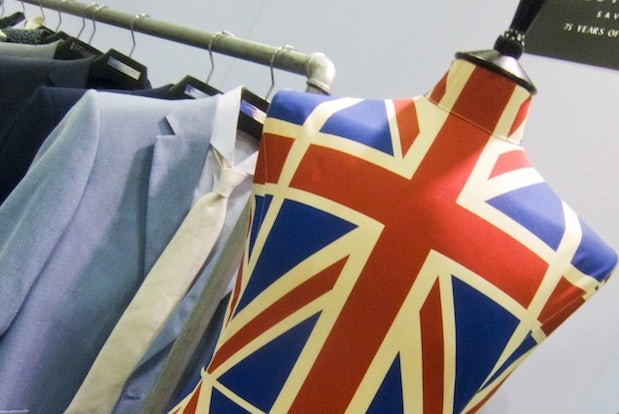
The Chester Barrie stand: the British presence at The Hub was undeniable, but the founders are committed to bringing quality from all over. (Nels Frye)
The new focal points of fashion are Asian consumers, niche brands, and high-quality products with an authentic story. All three of these trends were evident at The Hub, a fashion trade show held for the first time at the AsiaWorld-Expo Center in Hong Kong from August 28 through 30.
The tightly edited set of brands, mainly from Europe and North America, but with a local presence, came looking to reach both highly desirable mainland China and Southeast Asian hotspots like Indonesia. The founders, retail, branding, and licensing veterans Peter Caplowe and Richard Hobbs, sought to shorten the distance buyers from the world’s fastest growing new markets have to travel to find the freshest products and to give brands a point from which to access complex, seemingly impenetrable markets.
The Hub did not lack for talking points. Working the booths on the convention center floor were fashion industry luminaries like the CEOs of British heritage brands knitwear maker John Smedley and Bond-favorite Sunspel, as well as Nick Ashley, son of Laura Ashley and the former design director of Dunhill, now creative director for Private V.C. White. Seminars gave exhibitors a chance to benefit from the China experience of copyright lawyers, experts on Weibo and WeChat (Weixin), as well as successful brand founders like Kasper Letchy of D:Fuse shoes. The multiple nightly parties showed foreign guests that Hong Kong is about more than finance, shopping, and high rent with startlingly hip venues like couture rental shop House of Siren and gallery Time and Space.
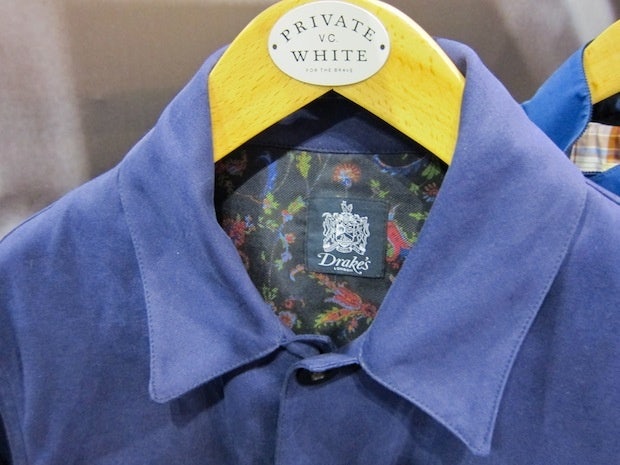
Private VC White using Drake's Fabric: Private V.C. White has teamed up with Drake's, another British-made brand, for some of their silk linings. (Nels Frye)
The delicately curated set of brands and their products and stories were naturally the main highlight. Financier James Eden was on hand to tell buyers about his acquisition of the Manchester factory founded by his great grandfather, Private Jack White, while his colleague Nick Ashley explained the super thin cotton raincoats he created specifically for Asian climates. Opposite them, Michael Whitby-Grubb of Penrose London discussed his love of beautiful patterns for his ties, pocket squares, and other accessories from antique wallpaper books to Spanish tile patterns. Michael Cavaggioni and Sydney Mamane told of their quest for the perfect Japanese denim and insistence on domestic Canadian products for Toronto-based United Stock Dry Goods. Yamane, the latest project of denim legend and Evisu founder Hidehiko Yamane, incorporated his family crest and other traditional motifs in a collection both quintessentially Japanese and undoubtedly dandyish.
These and many other brands showed just how interesting the retail landscape in China could become. There was, however, frequent chatter about the many impediments to success in the tantalizing but often frustrating mainland. Many wondered whether the Chinese were really over big brands and logos, and, even if they were, whether they were ready for a more discreet sort of luxury. The issues of high customs taxes and health checks also lingered in the air. It seemed possible that these brands might attract more mainland buyers through only selling in Hong Kong. The dearth of multi-brand stores in the mainland and the buyers that represent them was the overriding concern.
There were plenty of reasons for optimism, though. Most exhibitors understood that China is both a great prize and a long-term investment that requires patience and a commitment to marketing and education. Rather than buyers, the target for many was often a partner for their brand, somebody that could take responsibility for the mainland. Peter Caplowe and Richard Hobbs are also in it for the long haul, with the next Hub planned for late February, and are ready to play a role themselves in fostering growth of multi-brand stores and a buyer system. With many shop owners who formerly focused on selling “foreign trade” goods ready to make the transition to selling product acquired through official channels, the demand for events like The Hub is bound to grow quickly. The founders have picked the right moment to start developing their show as the main destination for great fashion in Asia. The next few editions of The Hub are likely to see more buyers as well as exhibitors from mainland China and the rest of Asia.
More photos are included below (all images by Nels Frye):
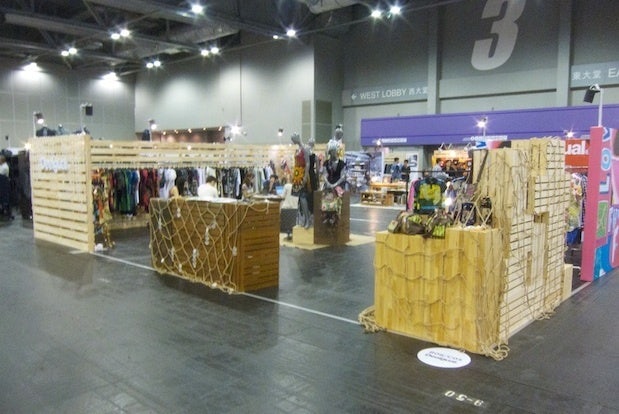
One hundred brands filled the hall but there are thirteen more spaces in the AsiaWorld Expo—plenty of room for growth.
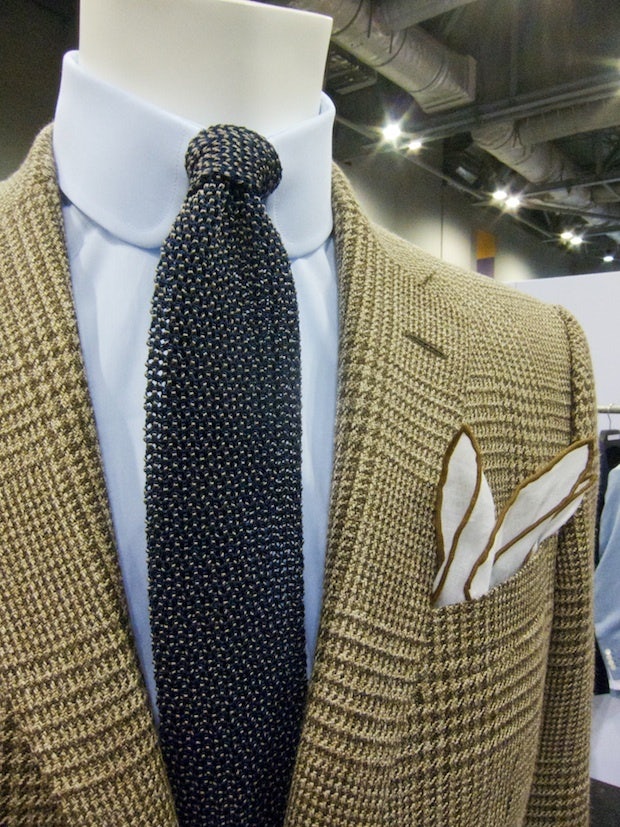
Chester Barrie Suiting: Chester Barrie is a brand for the dandy that wants to feel as confident as any man with a suit from Savile Row.
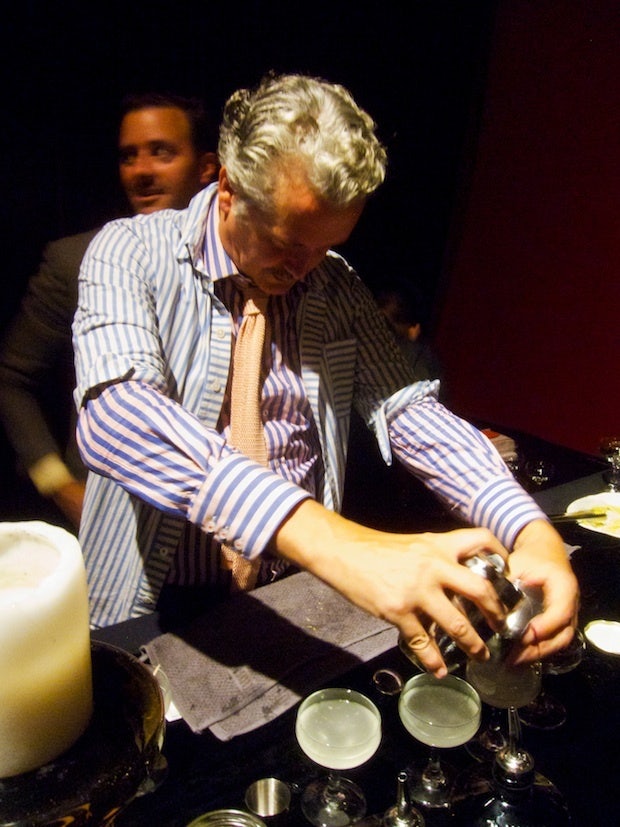
The Hub was not all work. There was plenty of play and local menswear brand Moustache founder Ellis made the perfect martinis to fuel it.
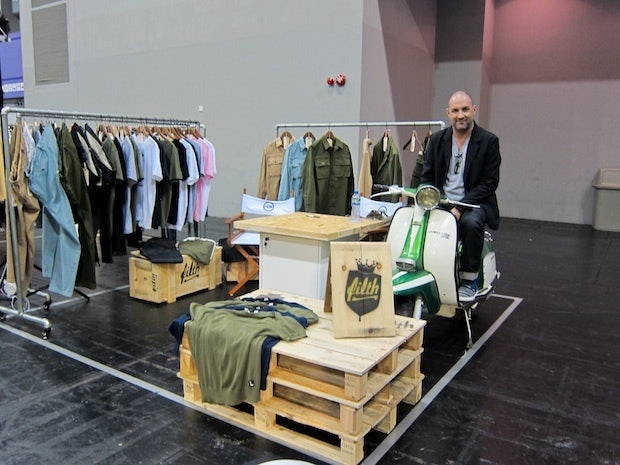
At Filth: Filth creator Christian Keith, who lives in Hong Kong, takes his bikes as seriously as the silkscreening on his jackets and tee shirts.

Taste—whether in garments or displays—was the name of the rule of the day at The Hub.
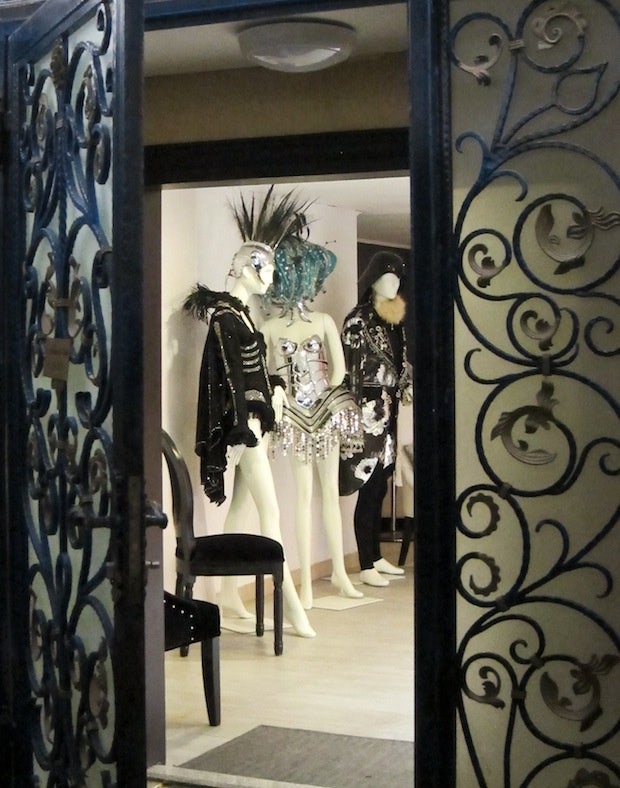
The entrance to the House of Siren. By night, participants in The Hub got to explore some of Hong Kong's coolest venues.
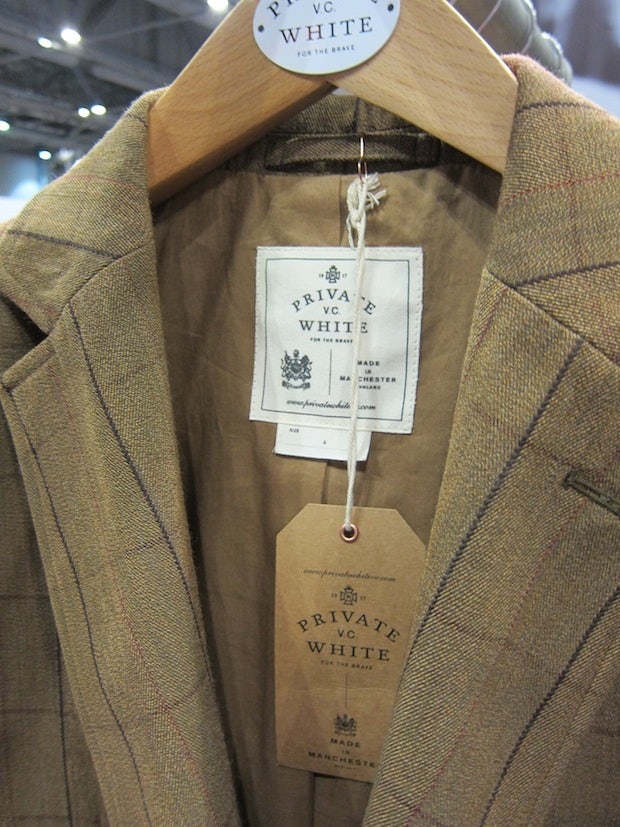
Private V.C. White outerwear from one of the last factories in Manchester is all about English values like sturdiness, practicality, and understatement.
Nels Frye#
is editor-in-chief of LifeStyle Magazine, founder of PR company Afflux, and creative director of China fashion blog Stylites.net.